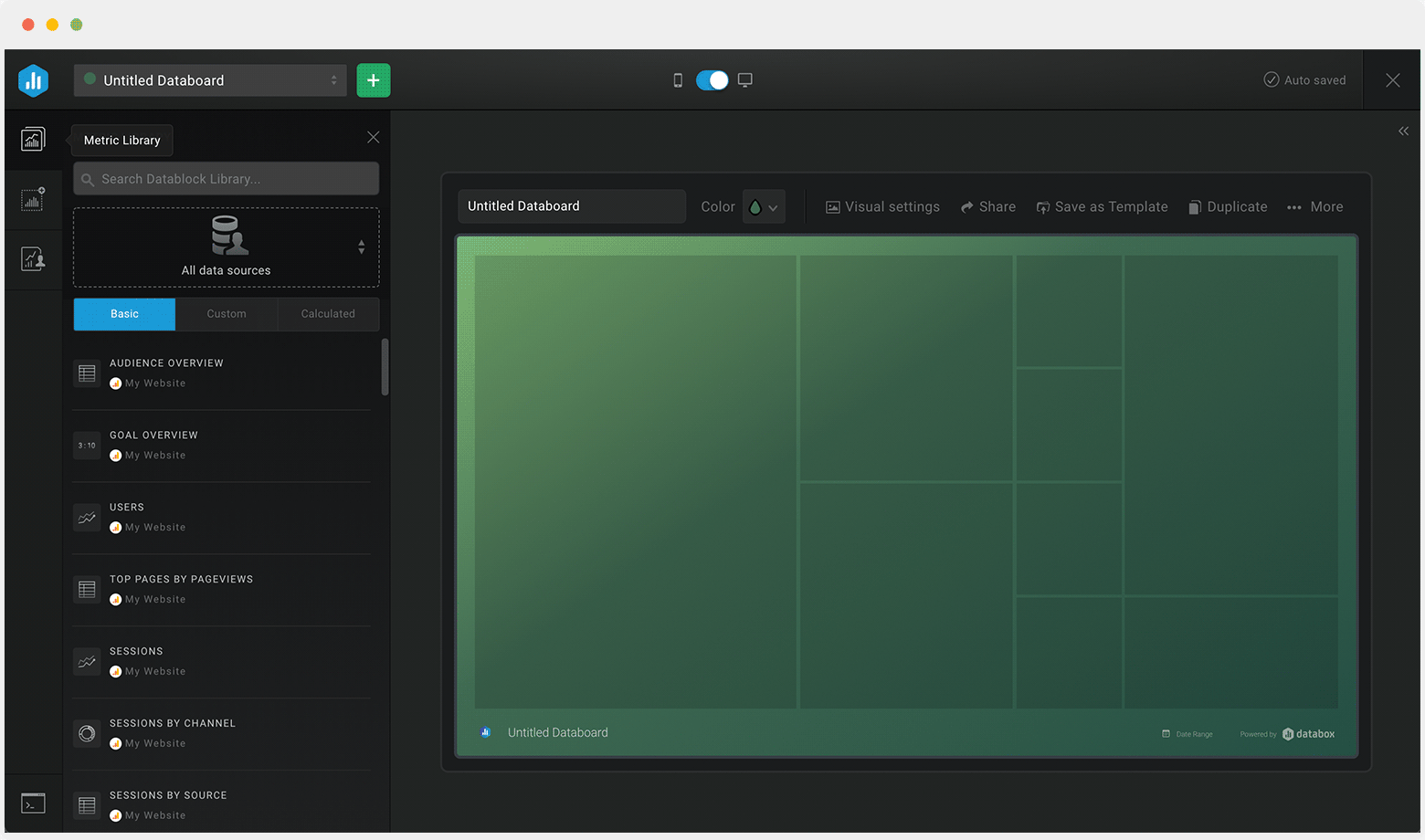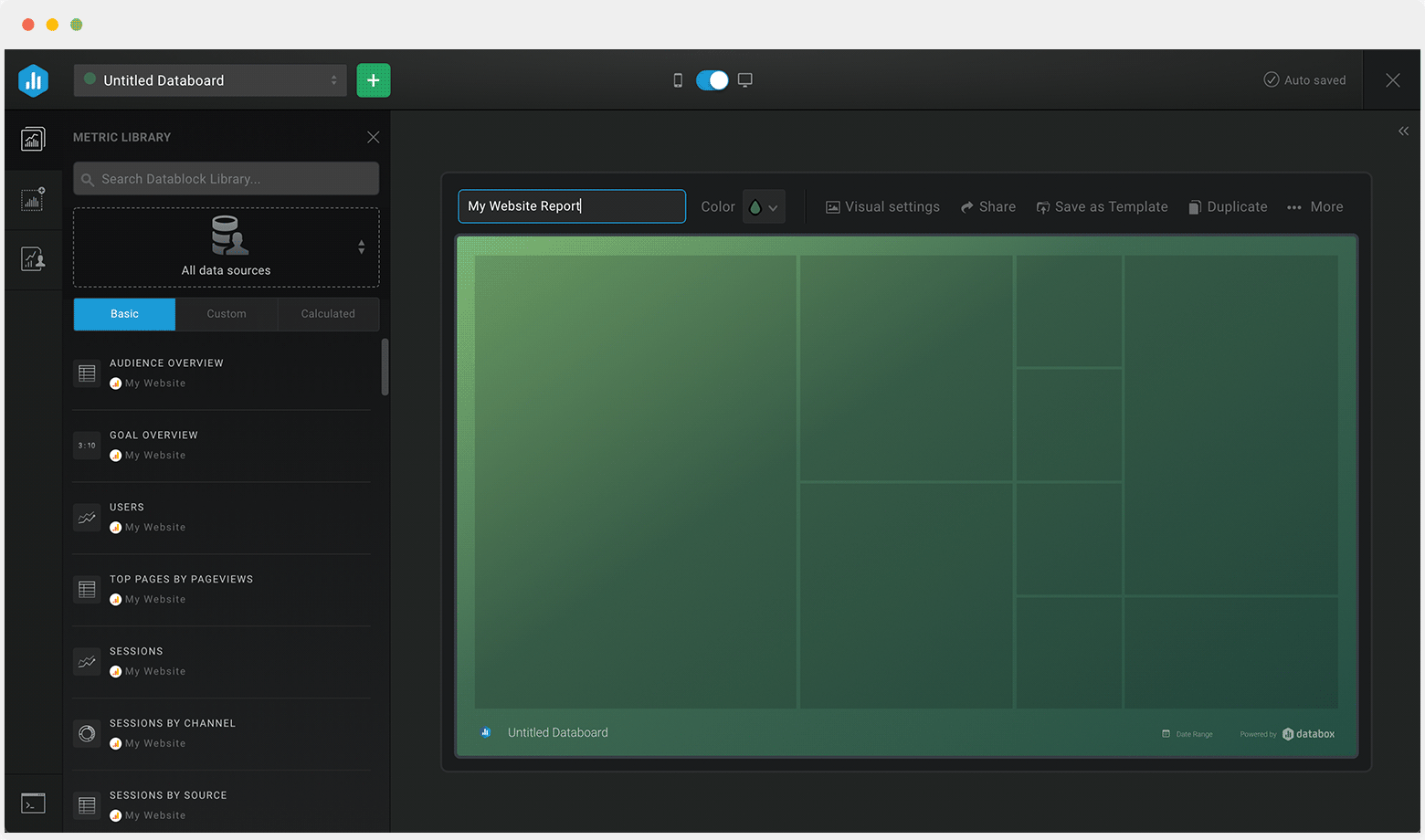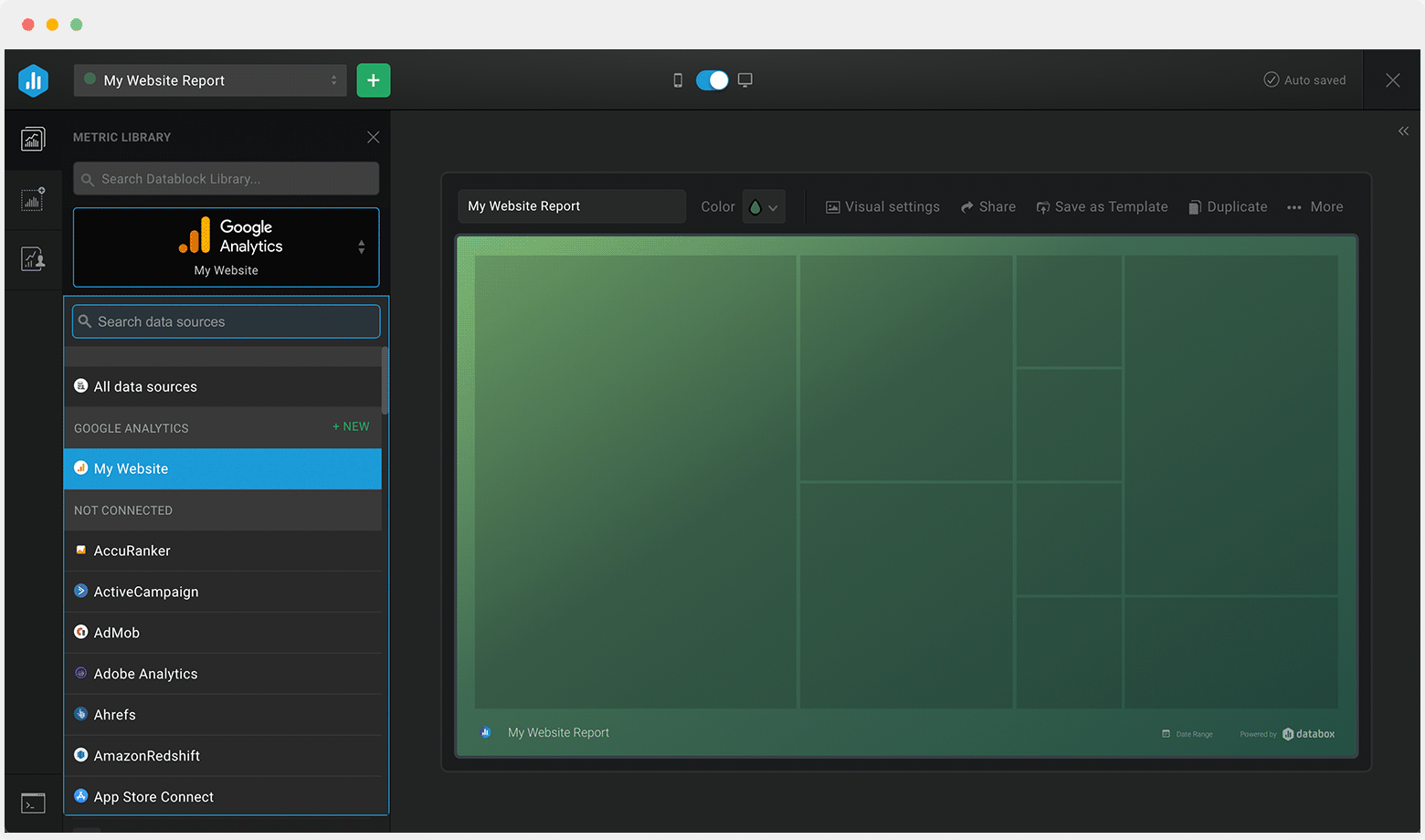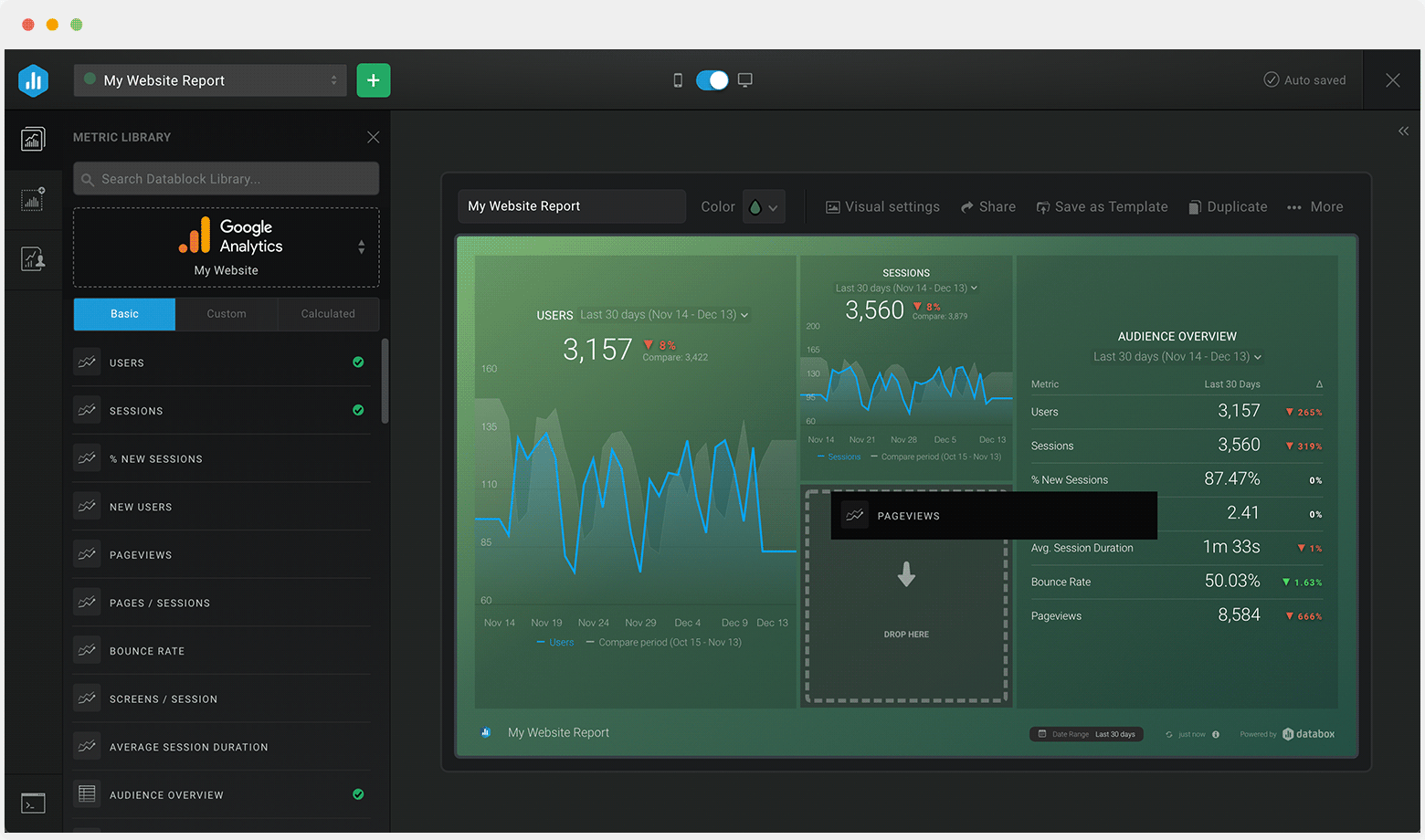Track some of the most common Customer Success metrics and KPIs and analyze your Customer Success performance with just a few clicks.
You can build a dashboard with any data using Zapier, Make, Google Sheets, or a SQL database.

These customer success dashboards come pre-built with some of the most commonly tracked customer success KPIs and metrics from the most popular tools. You can also customize your templates later. To get started, just choose a template, connect your data, and your metric visualizations will populate automatically.
Try It Free





No design or coding skills necessary.
Learn more about Dashboard DesignerA customer success dashboard provides deep visibility into the health of your business based on client retention and churn rate.
This dashboard allows you to see how well your customer success team is able to meet the needs of your customers, and help them use your products and services to achieve their goals.
If your customers are not getting enough value and satisfaction from your company, they are more likely to opt for your competitor(s). So, use this dashboard to stay on top of things and ensure your revenue stream stays consistent, your customers are satisfied and happy, and your product and service offerings remain top-notch.
Identifying the most important customer success KPIs and metrics to showcase in your customer success dashboard is pivotal for client retention, business success and longevity. By tracking the right customer success metrics, you’ll be able to quickly identify what’s working and what isn’t and improve your customer success strategy and performance over time.
The most important customer success metrics you should be tracking are:




